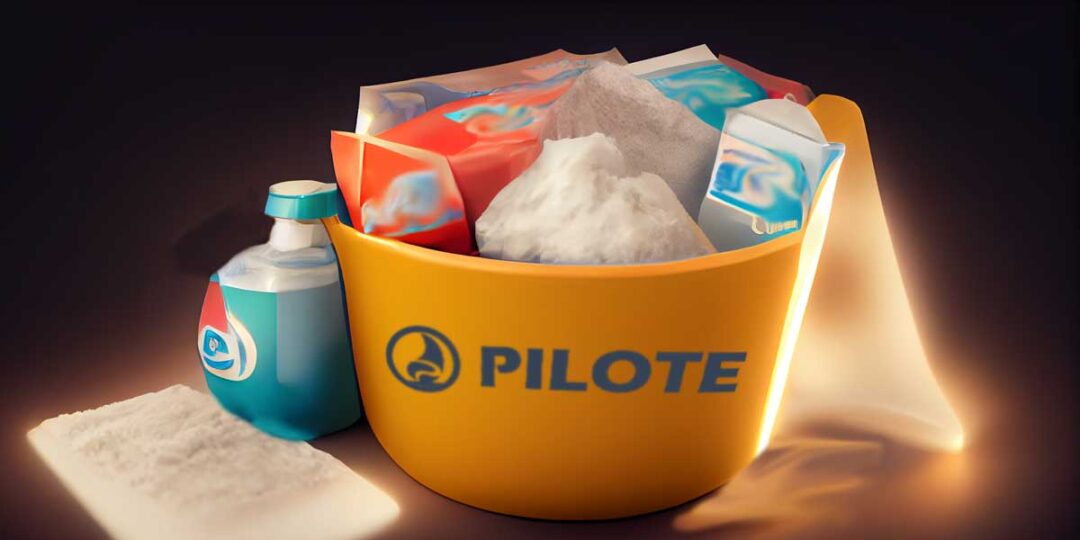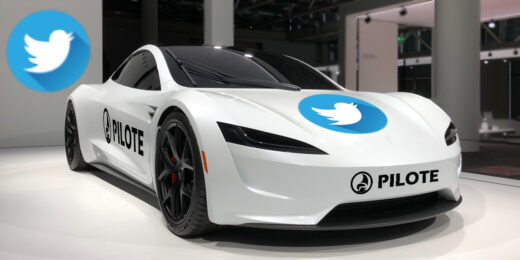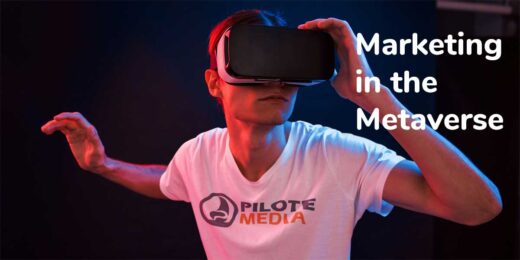It seems to be trendy to dismiss Marketing as a waste of time and money – especially in emerging technology markets like Web3. The engineers and the builders seem to be rushing ahead, building a structurally perfect dream-home without thinking about who they will sell it to or how they will create value.
Chief Marketing Officers (CMO) are being hired after the product has been brought to market and then asked to build a ‘community’ rather than a brand.
It’s a great opportunity for existing brands, who have invested in the time and money into creating value over and above the particular order of zeros and ones, because branding is a kind of market manipulation. Steve Jobs knew that. Elon Musk knows that.
One of the marketing practises that is being questioned is branding, and more specifically the concept of a brand core, proposition or origin story. It can seem like a bit of fluff of waffle, but getting it right has impact on the profit and loss statement and the balance sheet.
Branding and the Profit & Loss Statement
How do you make a profit? You take some raw materials, which might be physical commodities or they might be talent and time, you add some value to them by turning them into something else and you sell them for more than what it cost you to produce. Your sales also have to cover any other costs you might have, like advertising or shipping.
Customers are not stupid. They know that they could make a cup of coffee for less than 50 cents, but they are willing to pay $5 because they put value in the experience and other emotional benefits. Customers may not know how much it costs to bring a AAA video game to market. They may not know how much a Rust or Solidity coder costs, or how much it costs to mint an NFT – which makes branding even more important in the Web3 space.
A brand allows your charge higher prices. Why does a Ferrari cost more than a Toyota? Why does a Hermes bag cost more than an Eastpack backpack? The brand allows a company to efficiency communicate the customer promise in an instant and for customers to value that promise in the market.
A brand can reduce your talent costs. Your brand is not just for your customers. You’re doing Marketing in a market and that market has suppliers as well as buyers. You are competing for resources with your competitors and your brand helps you attract better talent, or talent that is willing to work for slightly less because of your brand.
A brand allows you to spend your advertising budget more efficiently. Should you sponsor sailing or Rugby Union or the Opera? Unless you’ve thought about your brand core, you are going to waste a lot of money. Are you advertising on a podcast that promotes the same values as your brand stands for?
Branding and the Balance Sheet.
There are a few ways to value a company, but there is an important document called a balance sheet that has assets on one side and liabilities and equity on the other side.
Valuation could be a trick, based on the price someone pays for shares or tokens…. How do you become a unicorn? Get someone to give you 500M for 50% of your company. You may not have a single dollar in revenue yet, but the balance sheet has to balance. So if 500M is worth 50% the other 50% must also be worth 500M.
You could value a company based on it’s turnover or predicted profits or the sum of it’s assets.. But in many cases there is a difference. There is an intangible asset that needs to be put into the balance sheet to make it balance. Part of that intangible asset is the brand value.
Why is Tesla worth more than 5 other car makers combined? The brand(s) – because Elon Musk’s brand is part of it. And of course, it goes both ways. A company’s brand reputation can have a negative impact on the balance sheet. It’s such a big problem you might have to rebrand – say from Facebook to Meta.
New Brands v Old
Brands are not going to disappear in Web3. In the 1300s, Stella Artois knew that not all beer was the same. In the late 1800s, people wanted Sunlight soap over all others. There will be some very interesting questions for marketers. Should branding be determined by committee like a DAO? Is a brand the sum of transactions on-chain? What if the brand is an AI or created by an AI?
In the meantime, largely undifferentiated Web3 projects need to help consumers value their proposition without having to spend hours in a Discord chat. They need to communicate trust and stability. They need to define their market in a way that the brand can say something about its customers.




